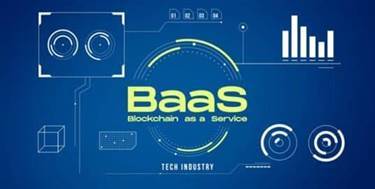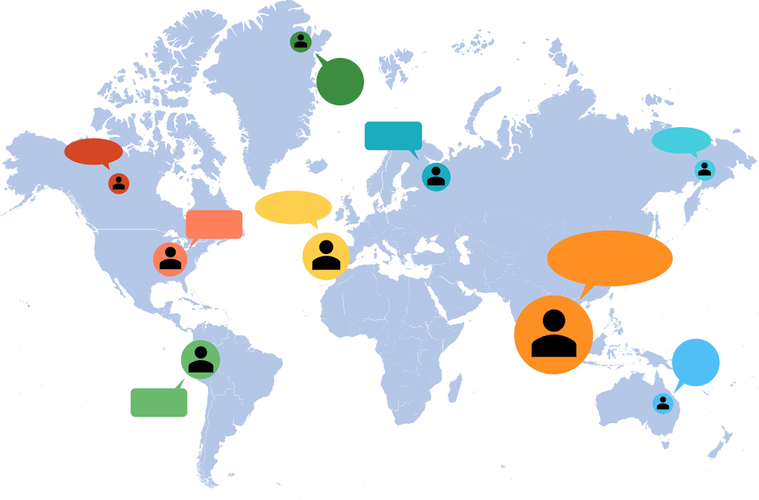What is Requirement Analysis Phase of SDLC? Detail Guide
Content
These drawbacks lead to modified waterfall models, such as the Sashimi , Waterfall with Subprojects, and Waterfall with Risk Reduction. In SDLC, documentation is crucial, regardless of the type of model chosen for any application, and is usually done in parallel with the development process. Some methods work better for specific kinds of projects, but in the final analysis, the most crucial factor for the success of a project may be how closely the particular plan was followed. She has got her Bachelor’s degree in Computer Science and a Master’s degree in Information Systems and Technology. Julia knows everything about project estimations, calendar plans, setting tasks, and the ways to control project workflow.

The maintenance stage is probably the most crucial one of the SDLC process. Based on users’ feedback after using the product in a real environment, you are able to improve your product with new features and eliminate any recurring bugs and possible vulnerabilities. The role of the development team at this phase is to look after the existing product, keeping it up-to-date with modern user needs and technology requirements. The process is how you help your development teams and deliver on time with the agreed quality and usability.
Analysis
This model refers to the action of creating the prototype of the application. When software testing is completed with a satisfying result, and there are no remaining issues in the working of the software, it is delivered to the customer for their use. Each phase has its own mini-plan and each phase “waterfalls” into the next. The biggest drawback of this model is that small details left incomplete can hold up the entire process. Our Continuous Delivery 2020 Insights report found that engineering teams spend on average $109,000 annually to deploy and deliver their software applications. Production deployment efforts result, on average, to 25 hours of engineering effort.
- It’s also important to know that there is a strong focus on the testing phase.
- There are several pitfalls that threaten to negatively impact an SDLC implementation.
- The most important phase of the SDLC is the requirement gathering and analysis phase because this is when the project team begins to understand what the customer wants from the project.
- Remember that you do not have to pick only one of the models discussed above—many companies benefit from combining two or more SDLC methodologies into a unique hybrid model that fits their specific use case.
- WhiteHat Dynamic- Dynamic analysis evaluates an application while executing it to uncover issues with its runtime behavior.
- It is conducted by the senior team members with inputs from all the stakeholders and domain experts in the industry.
When a customer starts using software, then actual problems start to occur, and at that time there’s a need to solve these problems. This process to take care of product time to time is called maintenance. SDLC is a systematic process for building software that ensures the quality and correctness of the software built. SDLC process aims to produce high-quality software that meets customer expectations.
The Role of Security in SDLC
In this stage of SDLC the actual development starts and the product is built. If the design is performed in a detailed and organized manner, code generation can be accomplished without much hassle. A design approach clearly defines all the architectural modules of the product along with its communication and data flow representation with the external and third party modules .
The Software Development Life Cycle is a series of important phases defined for teams producing and delivering high-quality software. This model works best for small projects with smaller size development team which are working together. It is an ideal model where requirements is either unknown or final release date is not given. At Advantio, we like to refer to the SSDLC, or the Secure Software Development Lifecycle, hence a securely implemented version of a standard software development model. We will try to cover a few aspects of the SSDLC in this article, mainly concerning its requirements gathering phase. Against all odds, the Waterfall methodology maintains a tight grip over countless numbers of software development teams.
Step 04 Environment Setup
Jira was originally designed as a simple system for tracking tasks and errors. But today, it has evolved into a powerful workflow management tool suitable for a wide variety of cases, from requirements management and test scenarios to agile software development. SDLC tools are indispensable for managing the software development process. From charting software to spreadsheets, specified solutions make the developers’ lives much easier and help not to get sidetracked amid the project chaos. Thus, the Agile development process welcomes constant change through iterative workflow and each iteration accounts for the next piece of the engineering puzzle. One iteration usually takes one to four weeks depending on the team and completion time.

The Database team/ Functional guys would migrate the Data to the software and then start providing the Training to the end users. SDLC is an industry standard to develop and test the system so that it works when deployed. The Business Problem is really resolved once the Business Analysts gather detailed and accurate requirements and they are communicated and clearly understood by the Development Team.
What is the software development lifecycle (SDLC)? Phases and models
However, many organizations choose to move the product through different deployment environments such as a testing or staging environment. In this model, the software is developed and delivered through repeated cycles of smaller portions of work. This model allows for software teams to take advantage of learnings and insights made earlier on in the process from developing and using the software system.
Once you make the list of all business needs, the dedicated software development teams and other senior members from the management teams go through it to discuss it thoroughly. Then, they finalize the list by analyzing each item and considering its feasibility. Kellton brings the in-depth expertise of the leading requirement phase software development practices aligned with the agile development approach, enabling businesses to make the right decisions. Our experts help them respond to all the necessary strategic initiatives, from the cloud-migration path to adopting the right cloud platform and microservices/container architecture.
Software Testing
The building phase takes the code requirements determined earlier and uses those to begin actually building the software. The requirements information then addresses software and system design which ultimately defines the overall system architecture. It also informs https://globalcloudteam.com/ the hardware and system requirements that will be needed for the next phase and allows testers to develop the test strategy where they will determine what and how to test the software. Several methods for software development have evolved over the decades.
















